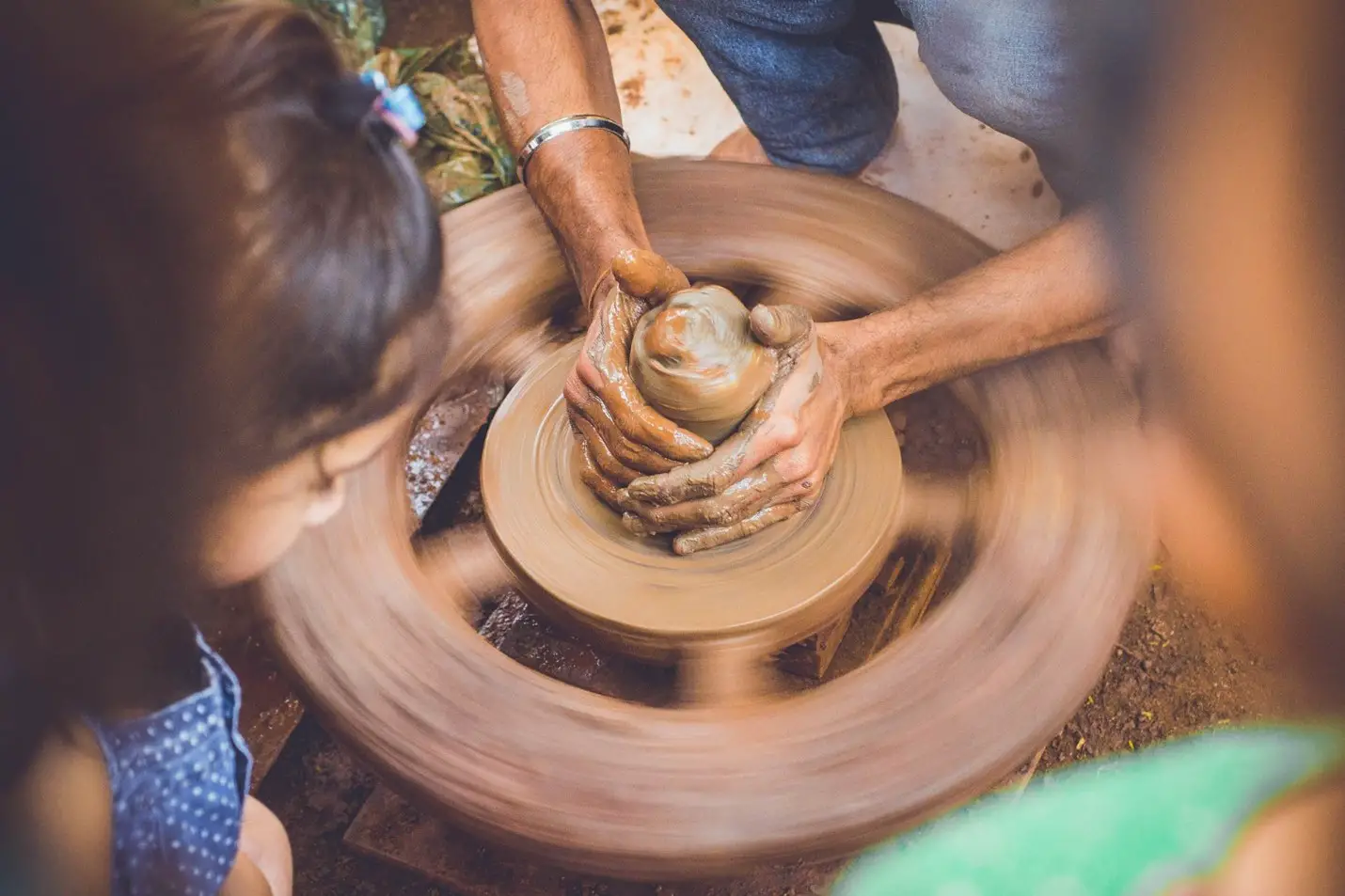Pottery lovers and artists are all united under the frustration regarding air bubbles in their creations, which can ruin the dreams for a smooth surface. When it comes to ceramics, the clay you choose as a medium plays a central role in forming these unwanted air pockets. It would be best to grasp the workings and characteristics of various clays to prioritize a smooth and bubble-free creation. This article proves that clay matters and that there is a suitable clay to minimize air bubble headaches through understanding various types of clay and testing it before doing anything else.
Understanding the Various Types of Clay and Its Characteristics
We shall first discuss the three top types of clays that create the broadly distinguished clay wares. Let us get into the details:
1. Earthenware
With its warm and rustic appeal, earthenware is a famous choice of medium among potters. It yields the best results when fired at lower temperatures. The proper heat makes it more porous and suitable for decorative items. However, low porosity shall also be recognized as a potent cause of the formation of air bubbles.
2. Stoneware
Stoneware boasts a higher firing temperature potential. Its durability helps it become suitable as a medium for functional items like dinnerware. The clay’s composition gives it better chances at a smoother surface and better resistance to air bubbles. It is usually a preferred choice for potters trying to minimize flaws and defects in their pottery.
3. Porcelain
Porcelain’s delicate and translucent nature is its distinctive quality. It is often the king clay when it comes to ceramics. The super fine particle size and high firing temperature capabilities contribute to a smoother finish that leaves no room or hardly any room for air bubbles. With a great desire for smoother finishes, turn to using porcelain.
How Do Air Bubbles in Clay Affect Pottery?
Air bubbles are usually minor imperfections in your piece. However, they can wreak havoc on your work. Surface imperfections, structural weaknesses, and glaze defects are usual problems that stem from air bubbles in the clay. If you aim for a polished and professional look in ceramics, you should pay diligent attention to your pieces.
Why Do Air Bubbles Come Up?
It is essential to realize the root causes of air bubbles and where they come from. Inadequate wedging techniques, excessive moisture retention, and contaminants in the clay in the form of tiny air bubbles pose huge threats. It is necessary to tackle these at hand to eradicate the bubbles.
What Role Does the Type of Clay Have in Bubble Formation?
The type of clay you choose for creation affects the chances of seeing air bubbles. Porous clays like earthenware are more likely to experience trapping of air while firing. On the other hand, denser clays like stoneware and porcelain offer excellent resistance to these issues. Potters need to study the details of each clay type and align them with their requirements.
Choosing the Right Clay to Reduce Chances of Air Bubbles
Now that you realize how each clay works, you can easily understand the process of choosing the right one to suit your needs. Let us move further into this aspect:
- Matching Clay Type to Project Requirements
Different creations may need different clays. Invest in good-quality stoneware or porcelain if you are more into wheel-thrown pottery and focus on precision. Their delicate texture and lower air bubble susceptibility greatly help create durable pieces. Apart from these, earthenware can enrich your hand-building endeavors. You can embrace its rustic charm and be mindful of potential air bubble problems. A good choice would be the Bastex Low Fire Pottery Clay, which is well-suited for earthenware potters looking to reduce the risk of air bubbles and create more durable pieces.
- Considerations for Different Firing Techniques
The firing technique used during creation is crucial in reducing air bubbles. Stoneware and porcelain possess higher firing temperatures that do better in getting smoother surfaces. Understanding each clay type and using firing techniques is essential for the proper outcomes.
- Importance of Testing Clay for Air Bubble Susceptibility
Before you begin, test the chosen clay for the formation of bubbles. Create test pieces and make them go through the usual processes of forming, drying, and firing, just as you will with the main project. It is an essential approach to taking the proper measures and preventing problems.
Conclusion
Clay types are essential factors that affect the formation of air bubbles apart from improper wedging or inappropriate moisture retention. Various clays pose various results, and the explanations mentioned above prove that.







